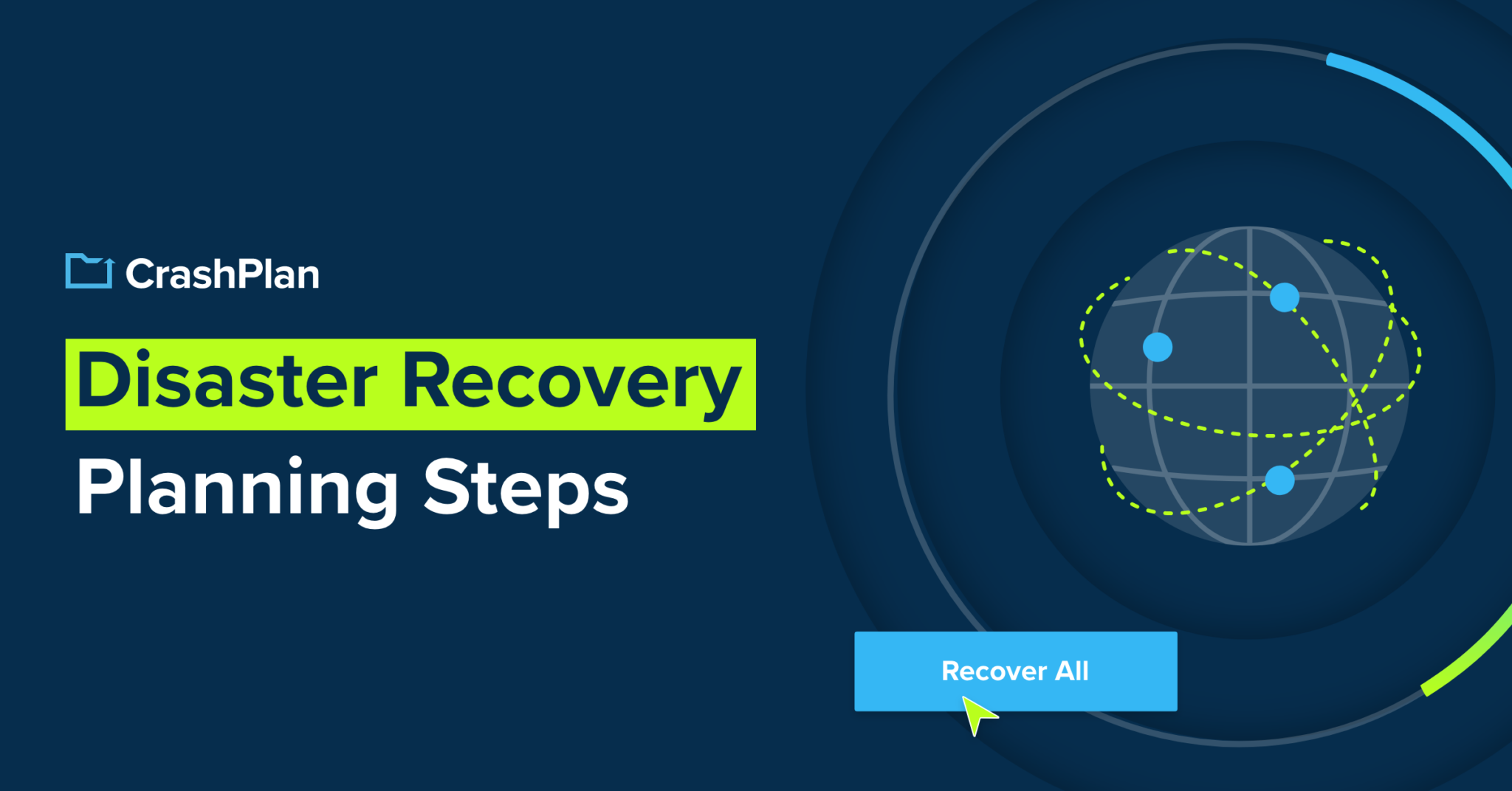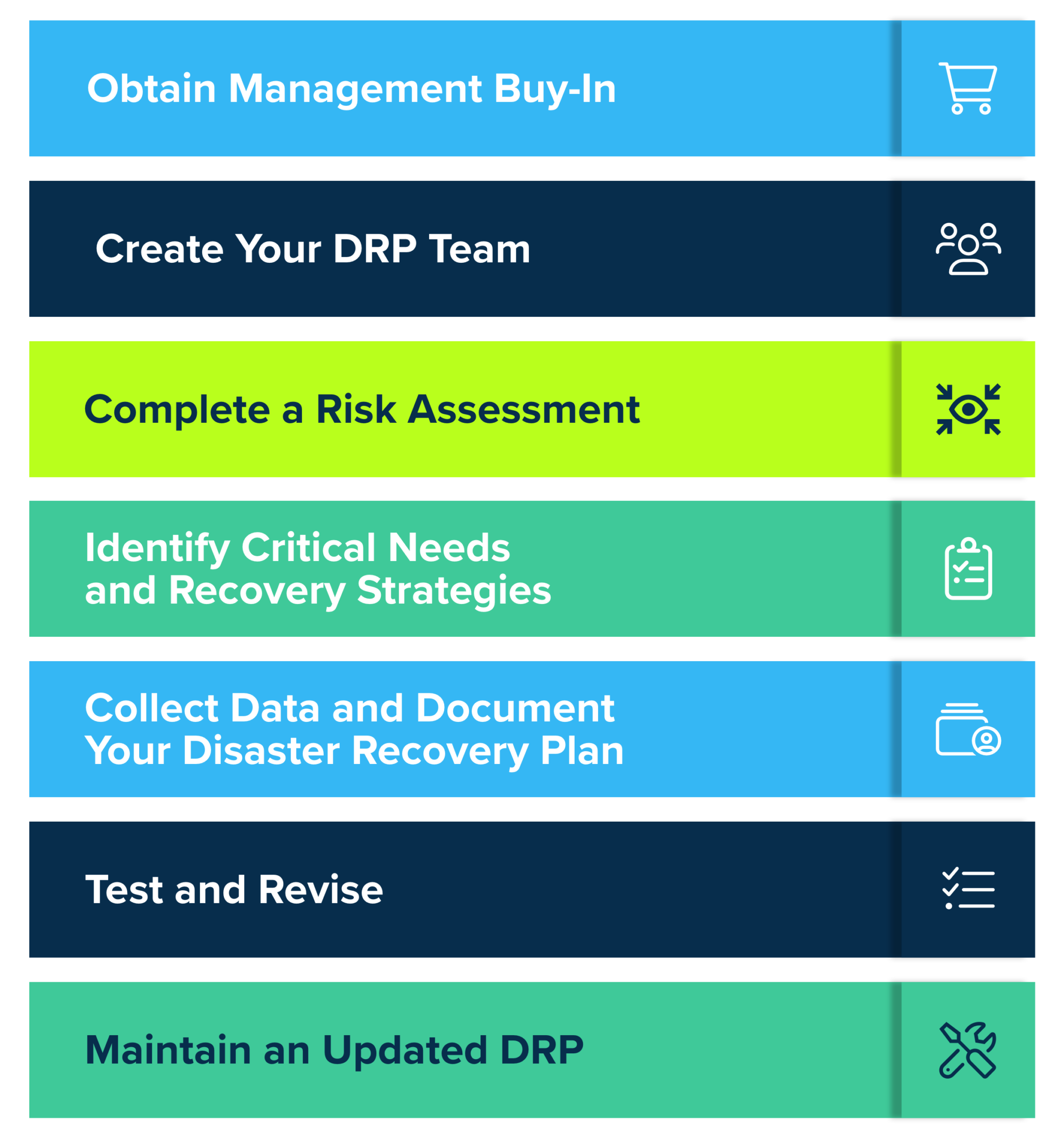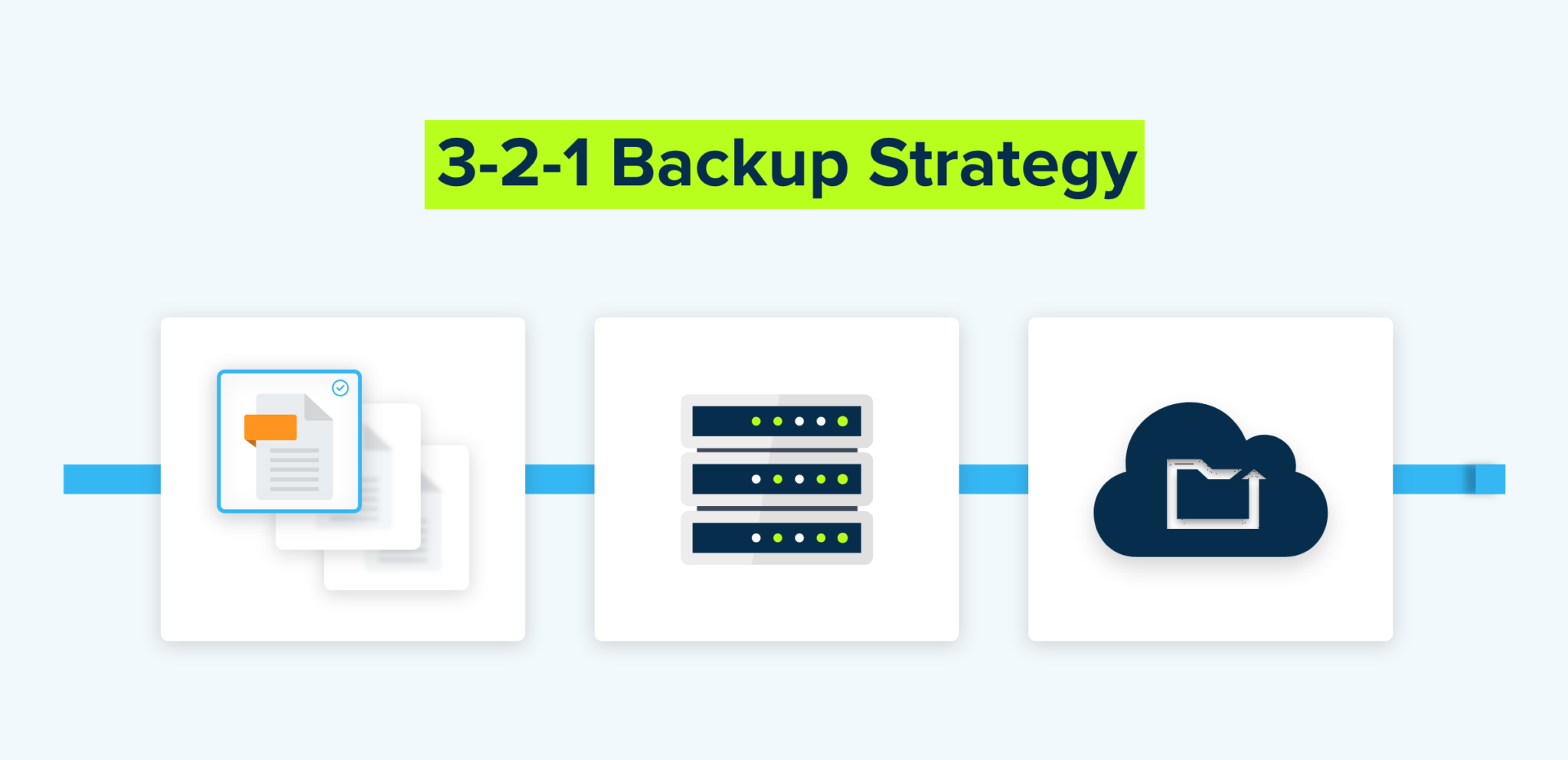

A disaster recovery plan (DRP) is a set of guidelines and procedures that ensure the availability of data and critical systems in the event of a disaster. Putting a DRP in place insulates your organization from negative consequences such as:
While very important, the process of creating a DRP shouldn’t be feared. That’s why we’ve prepared this step-by-step guide to help you create the plan that best suits your organization.
Although business continuity planning (BCP) and disaster recovery (DR) share similar objectives in enhancing an organization’s resiliency, they differ in terms of their scope. Business continuity is a proactive strategy that aims to reduce risks and maintain the ability of an organization to provide products and services, regardless of any disruptions. It primarily concentrates on methods to ensure that employees can continue their work and that the business can remain operational during a disaster event.
On the other hand, disaster recovery is a subset of business continuity that specifically deals with the IT systems essential for business continuity. It outlines the steps needed to restore technology operations after an incident occurs. It’s a reactive process that necessitates planning but is only activated when a disaster actually happens.

Here is an overview of disaster recovery planning steps.
The top management plays a key role in ensuring the success of the DRP. It allocates resources in the form of capital, human resources, time, and advisory support to the team charged with developing and implementing the plan. Therefore, management should be involved in the entire process. Before starting, ensure that the top management is on the same page and has given you the nod to continue with the plan. Address any concerns that the management team may have regarding the plan before getting started.
Put together a DRP team to oversee the development and actual implementation of your plan. Each member of the disaster recovery planning committee should play a specific role in the success of your plan. This ensures that the operations during a disaster are smooth and well coordinated. Here are the most critical roles on the team:
An effective Disaster Recovery Plan (DRP) is built on a thorough business impact and risk analysis that considers various likely disasters, such as technical, human-induced, and natural disasters.
The disaster recovery planning committee should analyze the potential risks and consequences of these disasters in each department in the organization. This process should consider all critical systems, processes, and data essential to the organization’s operations, as well as the potential consequences and negative impact of each disaster scenario on the organization’s overall performance.
Traditionally, fire has been a leading threat to organizations, but it is essential to also consider scenarios of human malicious destruction, such as cyber-attacks, sabotage, or terrorism, and plan accordingly. The DRP should also provide for the worst scenario, such as complete site destruction.
The committee should also evaluate the impacts of the loss of vital data. This could include, but is not limited to, data recovery costs, productivity loss, and reputational damage. Additionally, it should analyze the costs related to preventing data loss and creating a robust IT disaster recovery plan, including the costs of equipment, software, personnel, and external vendors.
It’s important to keep in mind that risk assessment and business impact analysis are ongoing processes that need to be regularly updated to reflect changes in the organization’s operations and threat environment. By assessing the potential risks and impacts of different disaster scenarios, organizations can better prepare for and respond to a disaster, minimize downtime, and mitigate consequences following an emergency.
Organizations should evaluate the critical needs of each department to ensure continuity of operations in the event of a disaster. The evaluation should focus on several key areas, including operations, key departmental personnel, information, processing systems, service, documentation, vital records, and procedures. Analysis helps the organization determine how much time it can operate without any such systems.
Define what constitutes a department’s critical needs. These are essential procedures and equipment required for a department, server room, main facility, or all of these to continue operations in the event of a disruption such as destruction or inaccessibility. Document all departmental operations. Then, rank the operations and processes in terms of priority, with essential functions at the top, followed by important, then non-essential functions.
Once done, check the recovery options available for each of the assets. Prioritize the best options in terms of full recovery and speed, but have as many options at hand as possible. Here are some possible options:
The 321 backup strategy is a widely accepted best practice for data backup and recovery. It involves creating three copies of important data, storing them on two different types of media, and keeping one copy offsite. This strategy helps protect against data loss due to a variety of potential issues, such as hardware failure, natural disasters, or cyber-attacks. The three copies of the data provide redundancy, while the use of multiple types of media and offsite storage helps to protect against data loss from more complex incidents (such as a natural or site disaster).

Here are some common types of data to gather:
Write a plan detailing all procedures to use before and after a data disaster. The written plan should also include procedures for updating the plan to reflect any changes in important areas it covers. Be as specific as possible. Do not assume the person or people deploying the plan have your same level of knowledge. For example, “migrate system to new network segment” may not be enough information.
Structure the disaster recovery plan with team members. Assign specific responsibilities to each department in the organization. You should have someone responsible for facilities, logistics, administrative functions, user support, restoration, computer backup, and any other essential area in the organization.
There are several ways to test a DRP:
A regular testing process should be established to determine the effectiveness of the DR plan and identify areas for improvement. Address any issues identified during testing during the revision. Check if the issues have been resolved in your next test cycle. Remember, testing and revising is a continuous process that should occur regularly.
Keeping a disaster recovery plan up to date is critical for effective disaster response and recovery. An updated DRP should consider changes in the organization’s systems or operations. This includes new technologies, business processes, software and hardware assets, personnel or organizational structure changes, and any other changes that may impact the organization’s ability to recover from a disaster.
Regular reviews and updates to the DRP help ensure that it remains current and relevant and that the organization is prepared to respond to and recover from a wide range of potential disasters. It should be reviewed at regular intervals, such as once a year, or more frequently if there are significant changes to the organization.
During the review process, assess the effectiveness of the plan, identify areas for improvement, and update the procedures and strategies as necessary. This may include updating contact lists, reviewing recovery time objectives, conducting additional testing of the plan, and also updating the backup solutions, and testing the data recovery.
It is also important to keep staff informed and educated about the changes to the plan so that they are prepared to respond quickly and effectively in a disaster.
An effective disaster recovery plan can make or break your organization. It’s your perfect ally when an unexpected threat becomes a reality and interrupts your operations. Don’t wait until you actually need it and start putting together your set of tools to help in data loss protection and recovery, minimizing downtime and associated losses in the meantime.
That’s where we come in. CrashPlan offers the protection you need to keep your critical information safe. Reduce your operational interruptions and the costs of pulling through a disaster with cost-effective automatic cloud backup. No matter how many devices your DRP covers, we can have options tailor made for your team.
CrashPlan is the endpoint cloud backup solution for you. We have the expertise and tools to cater to any data backup requirements. Contact us today for a consultation.